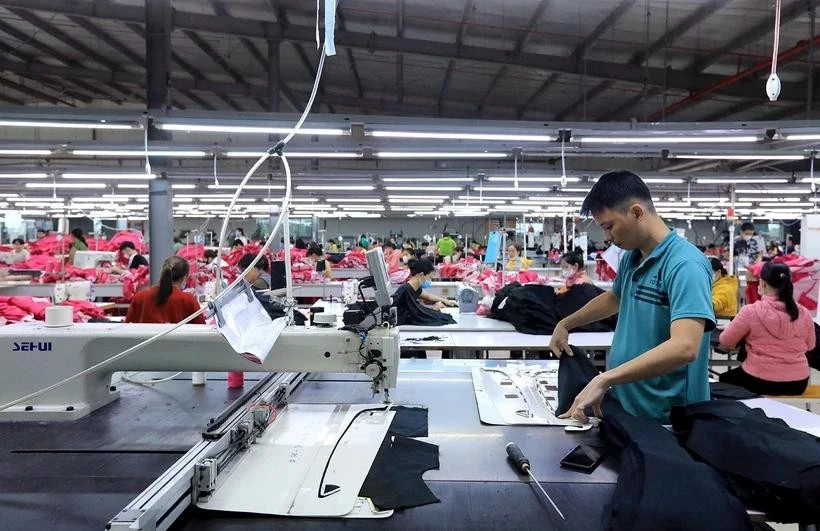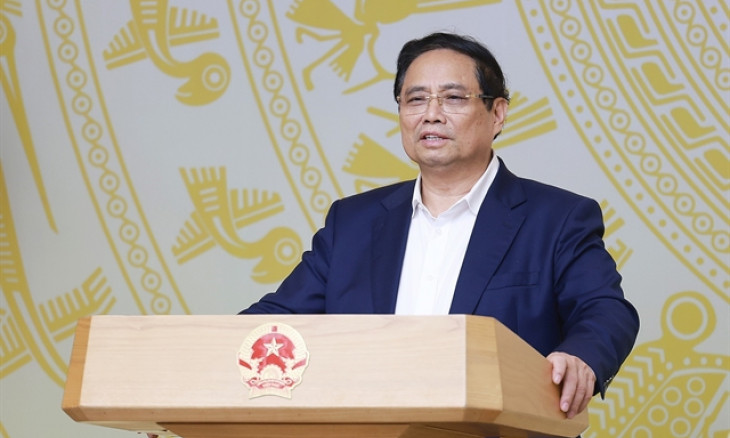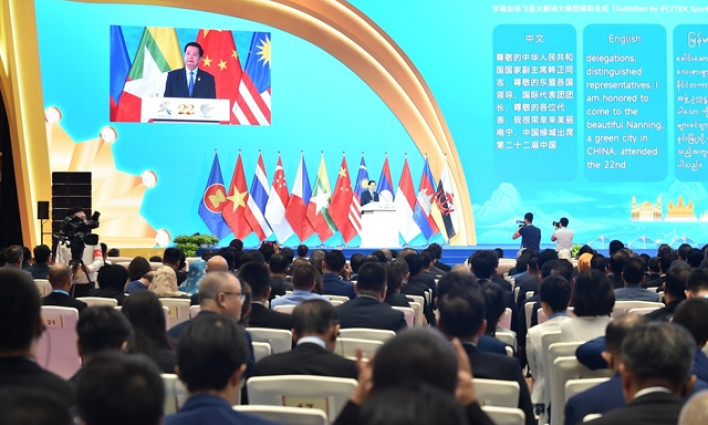Rapid diversification of export markets crucial for growth: Insiders
The MoIT recommended that businesses take a proactive approach by developing roadmaps and strategies to diversify export markets, improve product quality, and ensure compliance with technical, labour, and environmental standards.
To achieve an economic growth rate of 8% and above in 2025, one of the three key growth pillars – exports - must rise by over 12%, requiring more solutions to support exports and diversify markets, according to insiders
Market expansion challenge
Vietnam's export volume has now surpassed 405 billion USD. To achieve the target export growth of 12%, equivalent to a revenue of 450 billion USD and above in 2025 in the context of a highly unpredictable global trade environment, expanding export markets and reducing dependency on a few major markets is essential.
The Ministry of Industry and Trade (MoIT) pointed out that Vietnam's advantage lies in its 17 free trade agreements (FTAs) with over 60 global markets, along with nearly 70 bilateral cooperation mechanisms with other nations. These agreements provide significant opportunities for Vietnamese businesses to tap into both key and traditional markets, develop niche markets, and explore emerging markets.
While Vietnam has made significant progress in its traditional markets, excessive reliance on them presents certain risks. Over-dependence on a few markets can jeopardise growth targets when trade policies change, experts held.
For example, of the total export value of over 405 billion USD last year, exports to just six markets, namely the US, China, the EU, ASEAN, the Republic of Korea, and Japan, accounted for 319 billion USD, making up more than 65% of Vietnam's total export turnover. This concentration on these markets has remained evident in January 2025, with the country exporting over 33 billion USD, of which more than 26 billion USD went to these six markets, accounting for nearly 80% of the total export value.
The MoIT recommended that businesses take a proactive approach by developing roadmaps and strategies to diversify export markets, improve product quality, and ensure compliance with technical, labour, and environmental standards. The ministry also stressed the importance of controlling the origin of raw materials and carefully evaluating investment opportunities with businesses from countries currently facing trade tensions with the US.
In further discussion of export growth targets and market expansion, Dr. Dinh Trong Thinh, former head of the International Finance Department at the Academy of Finance, highlighted that achieving the growth of 12% or above in exports and imports this year is far from simple, especially given the unpredictable global landscape. A change in US policy could significantly impact Vietnam, considering the US accounts for nearly 30% of Vietnam’s exports.
Given this, expanding export markets and utilising the growth potential from the 17 FTAs is an urgent priority. The Ministry of Industry and Trade, embassies, and relevant agencies must work swiftly to secure orders and boost foreign currency earnings.
Leveraging 17 underway FTAs
The MoIT noted that increasing trade protectionism in the US and the EU will create barriers for countries that rely heavily on exports. The uncertainty and volatility of the global economy will also affect Vietnam’s micro-economic stability and growth prospects, particularly for an open economy like Vietnam's.
It advised businesses to take proactive steps to diversify their export markets, enhance product quality, and ensure compliance with technical, labour, and environmental standards. The ministry also urged companies to control the origin of raw materials and approach investment cooperation with caution, especially when dealing with companies from countries currently engaged in trade disputes with the US.
New tariffs imposed by the Trump administration on Chinese goods are likely to be extended to countries with significant trade surplus, which could substantially disrupt trade flows in industry and agriculture.
In addition to tariffs, trade defence measures are also increasing. The MoIT’s Import-Export Department predicted that Trump administration tariffs indicate that unilateralism will continue to have a significant impact on international trade in the near future.
Dr. Le Duy Khoi, Vice Director of the MoIT’s Institute of Strategic and Policy Studies, cautioned that businesses must raise their awareness to avoid falling foul of trade defence measures. On the issue of product origin, businesses should avoid exporting goods with minimal local input, such as simply packaging or labelling, as this could result in trade defence lawsuits, he held./.






